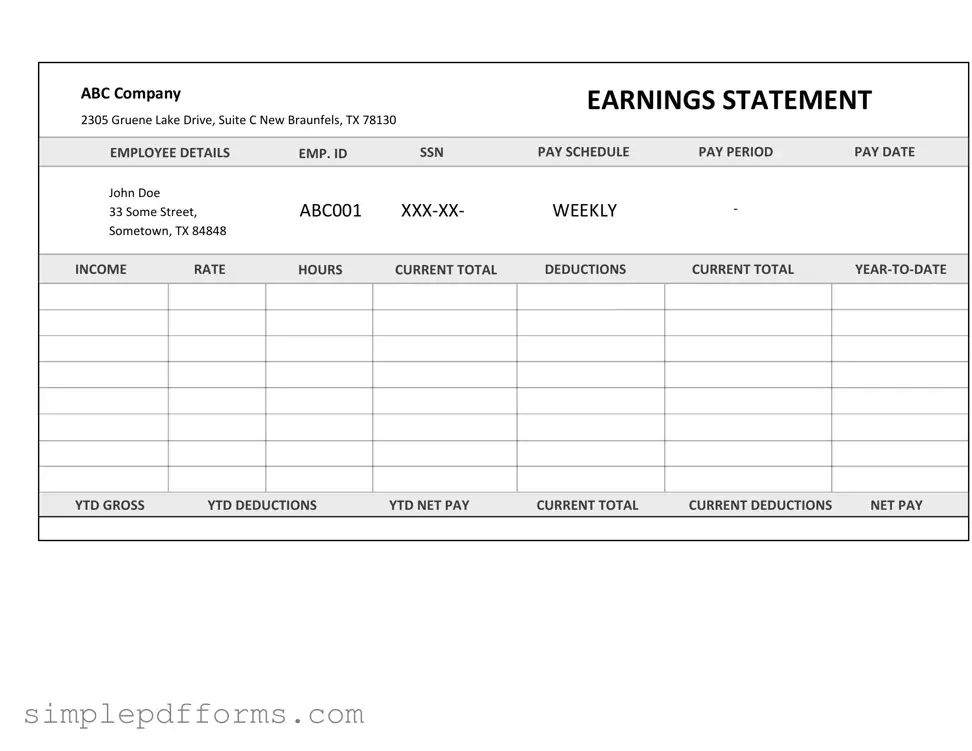Fill a Valid Independent Contractor Pay Stub Form
The Independent Contractor Pay Stub form is a document that outlines the payment details for services rendered by an independent contractor. It serves as a record for both the contractor and the hiring entity, detailing earnings, deductions, and payment dates. Understanding this form is essential for ensuring accurate financial reporting and compliance with tax obligations.
Open Independent Contractor Pay Stub Editor Now
